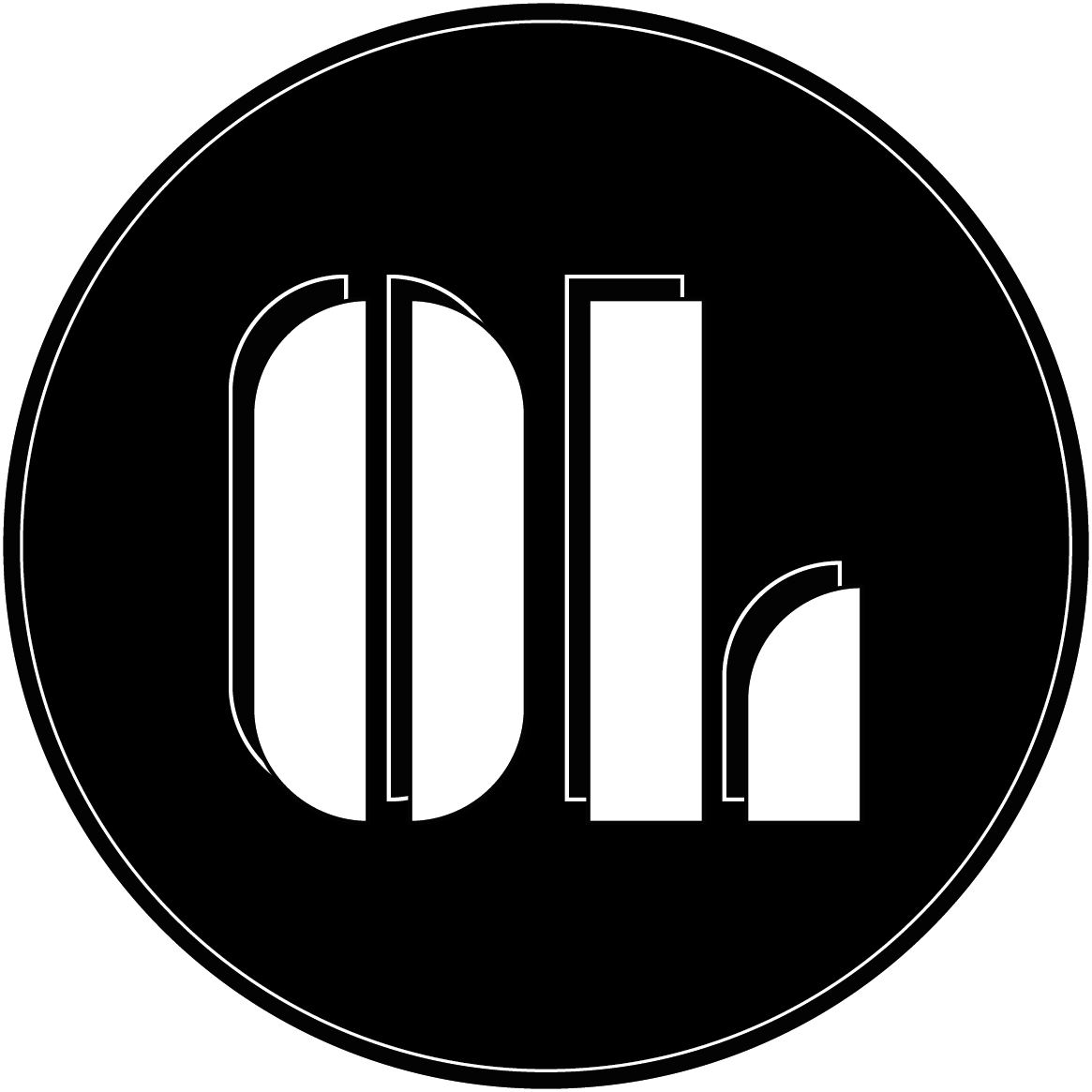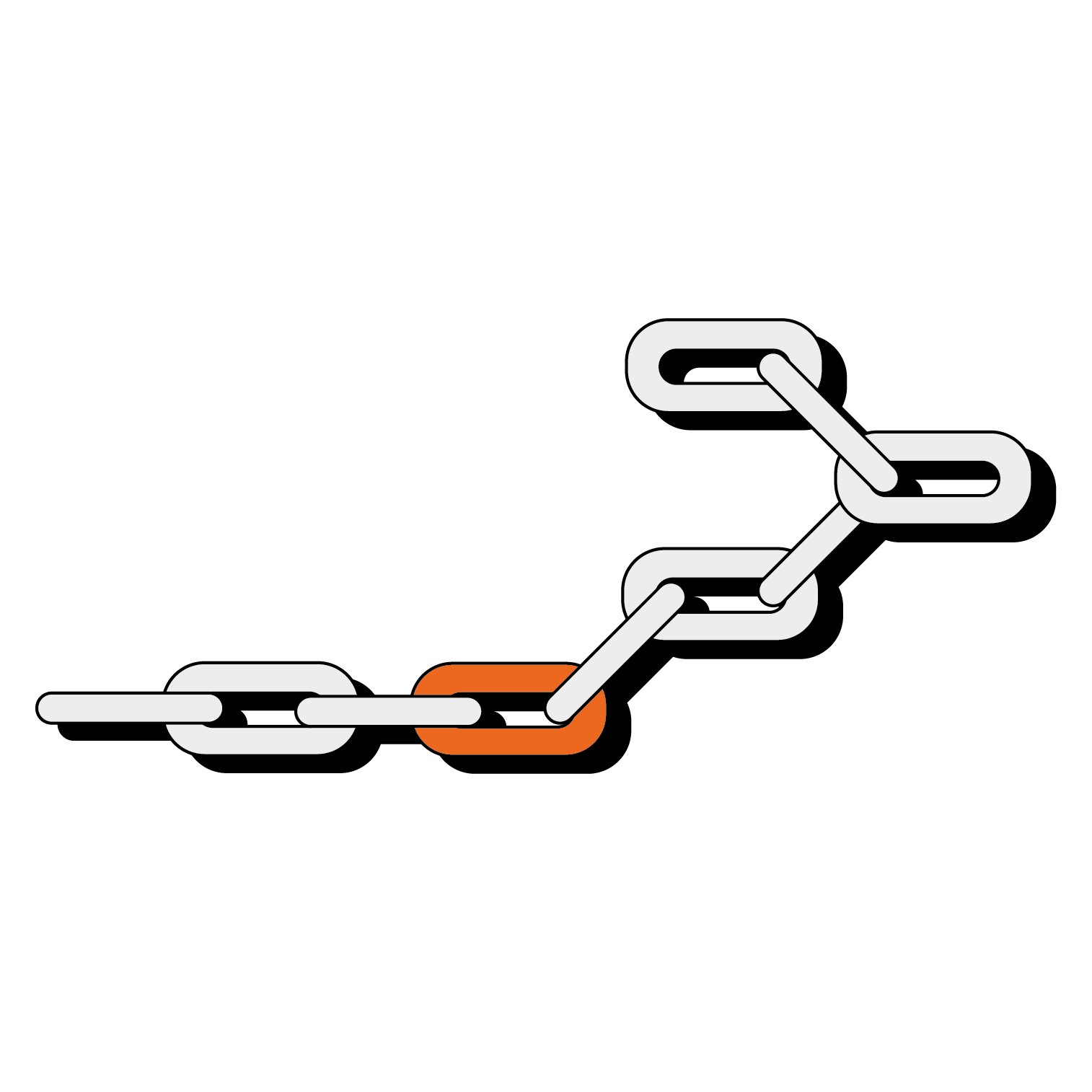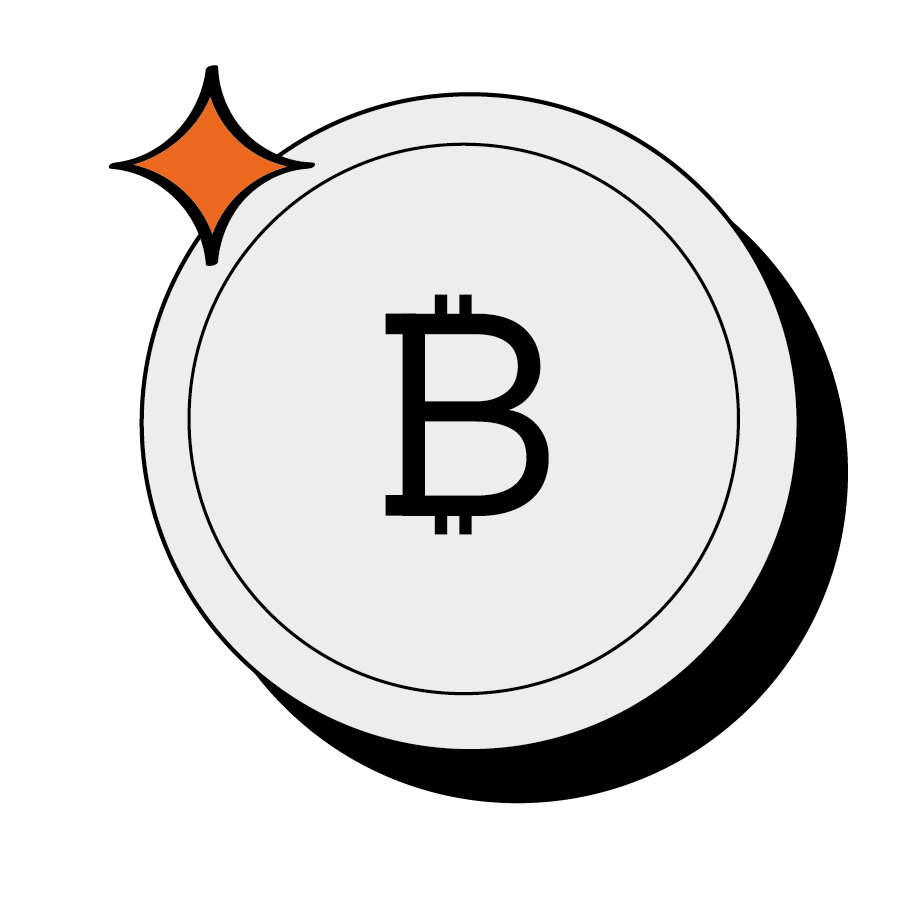New Chains on the Block
Adam Särnell - Authorsarnell@kth.se

Vendela Hamberg - Illustratorosqledaren@ths.kth.se
Cryptocurrencies and non-fungible tokens (NFTs) are powered by blockchains, the revolutionary, decentralised databases using peer-to-peer networking and hashing to perform trustless transactions in innumerable applications with smart contracts that… Sorry, what? What does that even mean?
There is a large difference between knowing about something and understanding it. Blockchain technology is one of those things that you can watch a few videos about, even read a wikipedia article or two, and start to feel as if you understand it; but when someone asks you to explain what it is you stumble over your words like a kindergartener trying to tell you about their day. Fortunately, there are already those who have spent their fair share of time thinking about blockchains. To aid us in navigating these uncharted waters, Osqledaren talked to Associate Professor Sarunas Girdzijauskas, who is currently researching distributed systems and decentralised machine learning at KTH, as well as Alexander Berg and Lucas Larsson from the KTH Blockchain Initiative, soon to be a new THS Union Association.

It’s unlikely that you’ve missed the ongoing cryptocurrency and NFT mania, with mainstream media pumping out headlines like “JPG File Sells for $69 Million” and “Crypto Crash Erases More Than $1 Trillion in Market Value”. However, if you’re currently enjoying a decade-long digital detox, a recap of these widely debated, blockchain reliant concepts might be helpful. A dictionary of key technical concepts is of course provided.
- Often referred to as a digital ledger, a blockchain is a database where each stored record is called a block. Multiple blocks form a chain and each block contains a timestamp, some data and a cryptographic link to the previous block in the chain.
- Blockchains are distributed, meaning that they consist of a system of nodes (computers) each containing a copy of the whole blockchain and communicating with each other to determine what block that should be added to the chain.
A lot has happened since the paper "Bitcoin: A Peer-to-Peer Electronic Cash System” was released back in 2008, leading to the world’s first ever decentralised cryptocurrency, or “crypto”, being created. While one single bitcoin was worth roughly 40 SEK back in 2012, it is today worth close to 400 000, although the word “worth” should be used with caution depending on who you ask. Today, buyers can choose between thousands of crypto variants, each with their own technical solution and backing from an invested party (ranging from tech billionaires and tv personalities to football teams and game developers) that want to see their currency becoming the next Bitcoin, that is, to also have a trillion-dollar market cap. Advocates of crypto believe that it’s the successor of the current banking system as we know it, that it will remove the need for centralised actors to carry out all transactions for us and to place our trust in the decision making of central banks to manage our complex economic system. It has also become a popular investment alternative and daily payment option for people in countries with a history of financial instability and where many don’t have bank accounts – Vietnam and Nigeria being two of the countries with the highest crypto adoption in the world according to the Financial Times.
Meanwhile, the amount of online auctions for NFTs have gone off the charts, accumulating over 200 billion SEK in sales during 2021. Although generative artworks such as the Bored Ape Yacht Club probably have received the most attention – largely due to famous investors in the likes of Eminem or Adidas – the idea of provable, digital ownership is being used in other types of applications as well. The most prominent example is probably the Metaverse, where NFTs could serve as the core functionality that will allow people to earn and own digital assets in a virtual world built on top of a decentralised, blockchain-driven internet (Web3, as evangelists call it). Super technical, I know. Another, less complicated example is gaming, where NFTs enable provable scarcity of in-game items. These items can often be traded for crypto that in turn can be used outside of the game where you earned it.
- Blockchains can be decentralised, which means the system’s behaviour is not decided by a single node in the network. Instead they are autonomous, each following the same protocol that determines the system outcome. The (often anonymous) nodes don’t have to trust each other, they trust the common protocol.

While proponents believe that creating NFTs is a great way for artists to make a living from selling their digital art, critics have pointed out various concerns related to NFTs. For starters, money laundering has occurred, and people have been able to create and sell NFTs of artwork they have not created themselves. An extreme case involved scammers selling the art of a late thirty-year-old digital artist who passed away in 2020. Then there’s the question of what you’re actually buying. Since the images are too large to be stored on the blockchain itself (every kilobyte stored and transferred costs a lot), you’re most often buying a link pointing to the artwork being hosted somewhere else. If this “somewhere else” stopped running for any reason, it would break the link your NFT is holding. Furthermore, concerns have been raised about the speculative nature of both cryptocurrencies and NFTs and their alleged similarities with Ponzi schemes: new people have to be drawn in for the market to continue to grow while everyone wants to sell at a higher price than what they bought for – which incentivises creating as much hype and FOMO as possible. Lastly, there are growing environmental concerns due to the energy-intensive computing required for some of the popular blockchains to operate.
- Proof-of-work, Proof-of-stake and Proof-of-space. These are the names of different consensus mechanisms. All nodes continuously listen to each other to know which version of the blockchain is up to date. Before adding a new block to the chain, a proof of the block’s validity is required, e.g. solving a cryptographic puzzle. This means that any fraudulent activity would require the scammer to outperform the rest of the network on every succeeding addition over time. The longest chain is ultimately the one that’s considered valid.
The obvious question to ask at this time is what the near future of cryptocurrencies and NFTs may look like. Is it just a craze that soon will be over or will the markets continue to grow? Sarunas Girdzijauskas is not overly optimistic: “It is always difficult to predict the future, but I am afraid that cryptocurrencies and NFTs are only experiencing an excessive hype period. I believe currently they are “hot” only because of very low interest rates worldwide, incentivising people to search for alternative means to invest their money. I wouldn’t be surprised to see a big burst of the crypto bubble in the coming years”.
The KTH Blockchain Initiative was started for students to have a forum where they can discuss and learn more about blockchains. Chairman Alexander Berg agrees that we’re probably witnessing a crypto bubble that won’t last: “I truly believe we’re in a bubble right now, similar to the dotcom bubble where companies such as pets.com went bankrupt in the early 2000s. It’s the same thing here, only this time it’s cryptos that are overhyped. We’ll see which ones that will survive the bubble – but we don’t think there will be many.”
- Also called KTH BCI, the KTH Blockchain Initiative is a place for students that want to learn more about blockchain technology. Their aim is to educate students, act as a stepping stone into the industry and to promote applications that use blockchains. This means everyone is welcome – no matter your technical background. In their Discord channel they hold “crypto talks” where you can discuss the latest trends in the industry and they will also host workshops for people who want to try coding. Read more at: www.kthbci.org
One hope of the initiative is to be able to educate people on this topic: “There are other technologies available but everyone is so hyped on getting rich quick. So they buy Bitcoin, which probably is the worst cryptocurrency since it came first and nothing has changed with that technology. But if you look at other cryptos, they have evolved, we’ve had 10 years of crypto development. The problem is that people buy the ones that are making headlines without knowing what they’re talking about. They don’t care if it’s green. This is why you need to talk about it, try to teach people and make them understand that there exists a wide selection and that you should choose the ones that are best for your wallet and the environment.”

Bitcoin’s estimated energy consumption globally last year was 91 TWh, which is comparable to Sweden’s yearly consumption of around 130 TWh. Those defending Bitcoin (and other cryptocurrencies) in this regard state that this number instead should be compared to the energy consumption of the global banking system that crypto has set out to replace. Girdzijauskas shares his thoughts on the sustainability side of the debate: “Unfortunately current fully decentralised blockchain technology is only based on proof-of-work which inherently requires power-hungry server farms. Since it is clearly not sustainable, it should not come as a surprise that in the near future most of the countries might make proof-of-work based cryptocurrencies illegal (we could already see that in China), which could spell the downfall of Bitcoin and associated crypto assets. There are more “sustainable” blockchain technologies based on proof-of-stake, or proof-of-trust (where we also contributed with our research), however these type of blockchains are not “truly” decentralised, and would not be acceptable for some cryptocurrency advocates and "purists", who believe the crypto system should be completely decentralised and trustless.”
- Non-Fungible Token (NFT). In a blockchain you can, instead of keeping track of currency exchanging hands, register the owner history of a certain combination of bits (ones and zeros). These bits can form any type of information, e.g. a code used to identify items in games or a link pointing to a digital image.
- Cryptocurrency/Crypto. A blockchain where the creation of a new block generates some currency for the node who issued the proof. This is how crypto is “printed”. Each block contains transactions carried out between different actors in the network, and every transaction ever made is stored in the chain. This is a key feature: it’s hard to add blocks, but very fast to verify that blocks are valid.
Some responsibility ultimately lies with the consumers and society as a whole, according to Lucas Larsson, who is managing corporate relations at the KTH Blockchain Initiative: “Everyone knows that climate change is a serious issue and we also know Bitcoin is part of the problem. If we don’t want energy inefficient cryptocurrencies that worsen the environment, we as consumers and as a society should set up demands that cryptos have to be green. The cryptos that will survive the bubble are likely those that take the demands seriously and work towards not harming the environment. It will probably also be cryptos like Ethereum, although others exist, that can be used for other things than just as money: the ones that allow applications to be built on top of their blockchains”.
It’s easy to forget that blockchain technology can be used for other things than cryptocurrencies and NFTs, partially because articles like this one tend to gravitate towards those topics. This is when it’s good to take a step back and widen the scope a bit. For instance, not all blockchains are publicly available like the cryptos mentioned previously– those that technically allow anyone to read and write data to them. Private blockchains are run by a single entity (i.e. centralised) that decides who can see and do what, thus losing the trustless part which means that anyone interacting with the blockchain has to “trust” the entity owning it. You can think of it like how you year after year trust Google or Apple to safely store all those embarrassing selfies in the cloud for you. Anyway, a good use for this technology is creating reliable supply chains, where every item’s information is accurately tracked from start to finish. For example, the world’s largest food company Nestlé is collaborating with IBM to track the food's journey from the farm to the consumer. Potential benefits include decreased food waste and transparency towards consumers, both contributing to a more sustainable food system. Berg explains: “Applica
Publicerad: 2022-03-22


